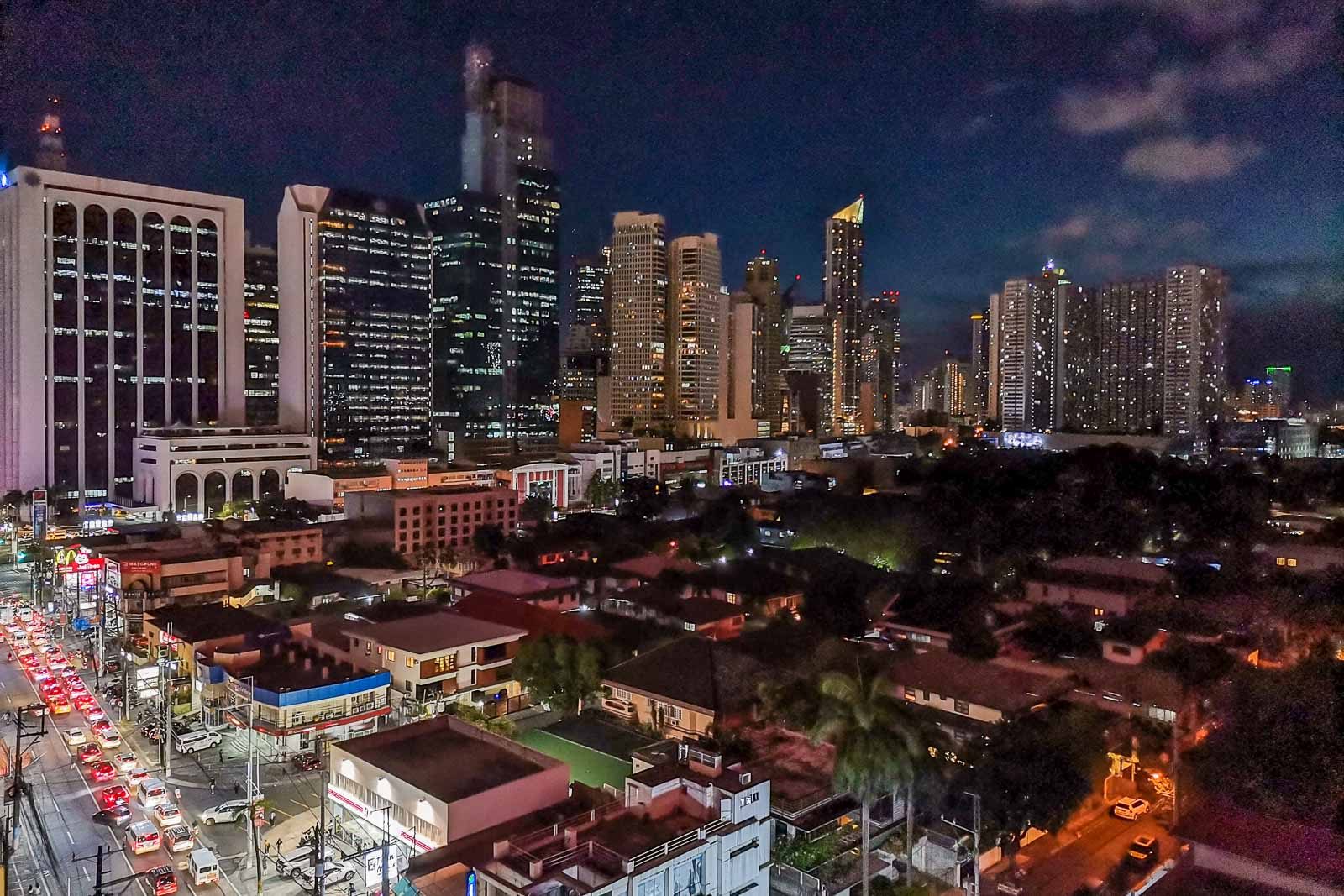SUMMARY
This is AI generated summarization, which may have errors. For context, always refer to the full article.

MANILA, Philippines – The Philippines’ gross domestic product (GDP) grew at a slower pace of 6.4% in the first quarter of 2023, but beat analysts’ estimates and fell within the government’s target range.
The latest figure reported by the Philippine Statistics Authority on Thursday, May 11, marks the eighth consecutive quarter of growth. Services contributed the most to the GDP figure with 5%, followed by industries with 1.2%, and agriculture, forestry, and fishing with 0.2%.
It is a drop from the 8% growth seen in the same period in 2022, but exceeds the 6.1% median estimate of analysts polled by BusinessWorld.
The economy had come off a strong year, with annual GDP for 2022 beating the government target at 7.6% and fourth quarter growth hitting 7.1%.
The higher-than-expected growth comes in an environment of high inflation and continued interest rate hikes. Though inflation slightly eased to 6.6% in April, it remains above the target range of 2% to 4%, still eating into the wallets of consumers. Back in January, inflation soared to 8.7%.
To place this first quarter growth in the perspective of annual estimates for the year, Marcos’ economic team forecasts GDP for 2023 growing at a pace of 6% to 7%.
The Asian Development Bank also sees 2023 growth to be around 6%, riding on a wave of rising domestic demand and a revival in tourism, but dampened by inflation and geopolitical tension.
Among Southeast Asian countries that have reported latest GDP figures, the Philippines grew the fastest, compared to Indonesia with 5.03%, Vietnam with 3.32%, and Singapore with 0.1%.
The country’s 6.4% was also higher than the growth posted by China in the first quarter, which reached 4.5%.
Not quite a ‘slowdown’
National Economic and Development Authority (NEDA) Secretary Arsenio Balisacan noted that while the figure for the first quarter of 2023 is lower than the growth recorded in the same period last year, it might not be entirely accurate to call it a “slowdown.”
“While this quarter’s figure is lower than last year’s 8%, we need to exercise caution in interpreting this as a slowdown since previous year’s growth came from a low base. The economy is normalizing its previous trend,” Balisacan said during a briefing on Thursday. “We are returning to our high growth trajectory.”
The expenditure side of GDP had strong contributors in household final consumption expenditure with 4.8%, construction with 1.7%, and government final consumption expenditure with 0.9%. Balisacan said household final consumption still has room for growth as the economy continues its pandemic recovery.
“As we noted in our report, there’s still much pent-up demand there as we see the growth of the services sector contributed the most to the growth. In the services sector, you see the retail, accommodation, hotels, tourism growing quite robustly,” he said. “Actually, those particular sectors haven’t actually yet recovered their pre-pandemic levels, so there’s still some there.”
About three-fourths of the total growth of the economy could be attributed to growth in domestic demand, according to Balisacan, which means that as long as domestic confidence remains strong, the economy would be able to weather global headwinds.
Still, there are some risks that come with this sustained growth. The exports of goods and services grew by a tiny 0.4% due to “weak global demand.” In particular, export of goods contracted by 15.3% during the first quarter of the year.
Regarding the decline, Balisacan pointed to the sensitivity of manufacturing to global trade. The country’s major exports were particularly hard hit, as semiconductors shrank by 25.2%, office equipment declined by 42%, and electronic data processing fell by 27.9%. High costs of food inputs, such as sugar, could have also reduced the profitability of those in the food manufacturing industry.
Agriculture is another sector to monitor as El Niño looms. Balisacan warned that the sector could suffer from droughts, saying that a slight El Niño season could cause agricultural production to dip by 1% to 2%. Droughts could also impact the availability of power, if water levels of the country’s hydropower dams plunge.
However, the NEDA chief noted that the good performance of agriculture, which grew by 2.2% in the first quarter, is a “promising beginning to 2023, especially given the expected challenge of El Niño later in the year.”
What about inflation?
Balisacan remains confident that the country will maintain its growth trajectory, even amid the elevated level of prices. After all, he said, prices have seemed to peak.
“Headline inflation rate appears to have reached its highest point, decelerating to 6.6% in April 2023 from 7.6% in March and 8.6% in February. We anticipate this downward trend to continue as inflation eventually eases to the government’s target range by the fourth quarter of 2023. The latest inflation report numbers look promising,” he said.
Managing inflation requires a “balancing act,” Balisacan noted. He highlighted the country’s recovering labor numbers, with the unemployment rate slightly easing and the underemployment rate dropping to its lowest level since April 2005.
“Even if prices are high, if incomes are rising because of more opportunities for employment or quality of opportunities is improving, then somehow, households can still manage to increase their consumption levels,” Balisacan said.
“That combination of decreasing inflation rate that we have witnessed in the last three months, and the continued robust growth of employment is a good indication for a sustained recovery.”
Given the first quarter GDP results, the government maintained its target of 6% to 7% growth in 2023, and 6.5% to 8% for 2024 to 2028. – Rappler.com
Add a comment
How does this make you feel?

![[EDITORIAL] Apat na taon na lang Ginoong Marcos, ‘di na puwede ang papetiks-petiks](https://www.rappler.com/tachyon/2024/07/animated-bongbong-marcos-2024-sona-day-carousel.jpg?resize=257%2C257&crop=280px%2C0px%2C720px%2C720px)
![[In This Economy] Delulunomics: Kailan magiging upper-middle income country ang Pilipinas?](https://www.rappler.com/tachyon/2024/07/in-this-economy-upper-middle-income-country.jpg?resize=257%2C257&crop=421px%2C0px%2C1080px%2C1080px)

![[EDITORIAL] Marcos Year 2: Hilong-talilong](https://www.rappler.com/tachyon/2024/07/animated-bongbong-marcos-2nd-sona-carousel.jpg?resize=257%2C257&crop=136px%2C0px%2C720px%2C720px)
![[Newspoint] A fighting presence](https://www.rappler.com/tachyon/2024/07/thought-leaders-a-fighting-presence.jpg?resize=257%2C257&crop=441px%2C0px%2C1080px%2C1080px)
There are no comments yet. Add your comment to start the conversation.